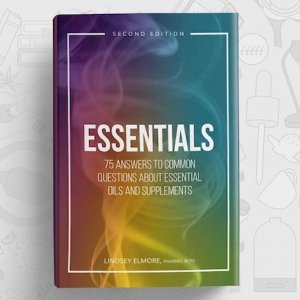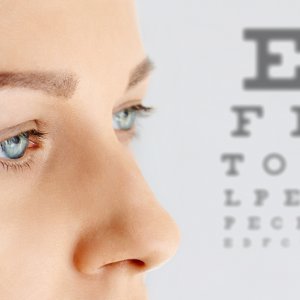In a recent episode of the Lindsey Elmore Show, I meet with Dr. Martin Kulldorff. We discuss adequately protecting those at high risk for Coronavirus, while balancing those at low risk for infection or death. Dr. Kulldorff proposes a focused protection strategy to allow the latter group to resume their normal daily lives.
Dr. Kulldorff is a professor of medicine at Harvard Medical School. His research centers around developing new methods for early detection and monitoring of infectious disease outbreaks and the post-marketing surveillance of drug and vaccine safety.
He wrote the Great Barrington Declaration, along with two other doctors. This document details concerns about the damaging physical and mental impacts of COVID-19 policies, such as lockdowns and closing schools. Over 660,000 concerned citizens and medical practitioner have already signed the Great Barrington Declaration.
The mixed messaging surrounding COVID-19 has caused high-risk groups like the elderly to underestimate their risk, while also causing low-risk groups to worry, despite their low mortality risk. Let’s discuss how this Focused Protection approach to COVID-19 will save lives long term.
What is the Great Barrington Declaration?
In the Declaration, three infectious disease epidemiologists and public health scientists express concern for damaging short and long term impacts of current COVID-19 policies. These doctors list several consequences, including worsening cardiovascular disease outcomes, fewer cancer screenings and rapidly crumbling mental health. This means that certain policies actually lead to increased mortality rates, instead of the intended purpose to slow and/or eliminate them.
What strategy does the Great Barrington Declaration propose?

The Great Barrington Declaration proposes neither a “herd immunity” strategy, nor a “let it run free” strategy. Because we will eventually reach herd immunity, there is no need to point out a specific strategy of this nature. At some point, herd immunity will be reached either through natural infection or through a combination of vaccinations and natural infection. The Declaration focuses on protection of elderly and high-risk communities so as to protect them using necessary means. This would advocate for young, healthy adults in low-risk categories going about their daily activities so as to prevent them from mental and physical harm caused by widespread lockdowns.
Is there evidence to support lockdowns as a safety policy for infectious diseases?
Historically, lockdowns have never been proven to directly eliminate diseases. In fact, the Great Barrington Declaration says that, while it might slow the number of cases in the short run, it comes at too high a cost.
What are the mental and physical impacts of lockdowns?
People are more likely to skip doctors visits, delay important screenings, and stay at home during events as deadly as heart-attacks just to obey or abide by lockdown policies. Missing out on human interaction, loneliness, and fear all lead to dangerous psychological and mental issues. The CDC reported that one in four adults have considered suicide since last June, during a period when lockdowns were in full effect across the globe.
Lockdowns are especially dangerous for the working class. Lower income families must work to provide for their family, no matter their health concerns or risk-factors. Children of these working class citizens also are less likely to have tutors or the ability to attend private school, which is why keeping public schools open is so vitally important. Lockdowns decrease accessibility to education, employment and medical care for these working class families even more.

How does focused protection help the elderly and high-risk groups?
More available testing is crucial for the protection of high-risk groups, such as the elderly specifically in nursing homes. Focused Protection would include frequent testing of nursing home staff and nursing home visitors. Those infected with COVID-19 should remain at home, and should not be at the nursing home facility. Those in their 60s face a moderately high risk, and should work from home when possible. This also includes the need for additional accommodations to allow this age group to work from home.
Would contact tracing really work for COVID-19?
While contract tracing has proven critically important for several infectious diseases, it is not effective for widespread disease or a pandemic.
For more information on the Great Barrington Declaration, head to the Declaration Website. And don’t miss Dr. Martin Kulldorff on the Lindsey Elmore Show. You can listen here!
Want to learn how you can increase your immunity naturally? Read Nutraceuticals to Combat COVID-19.











